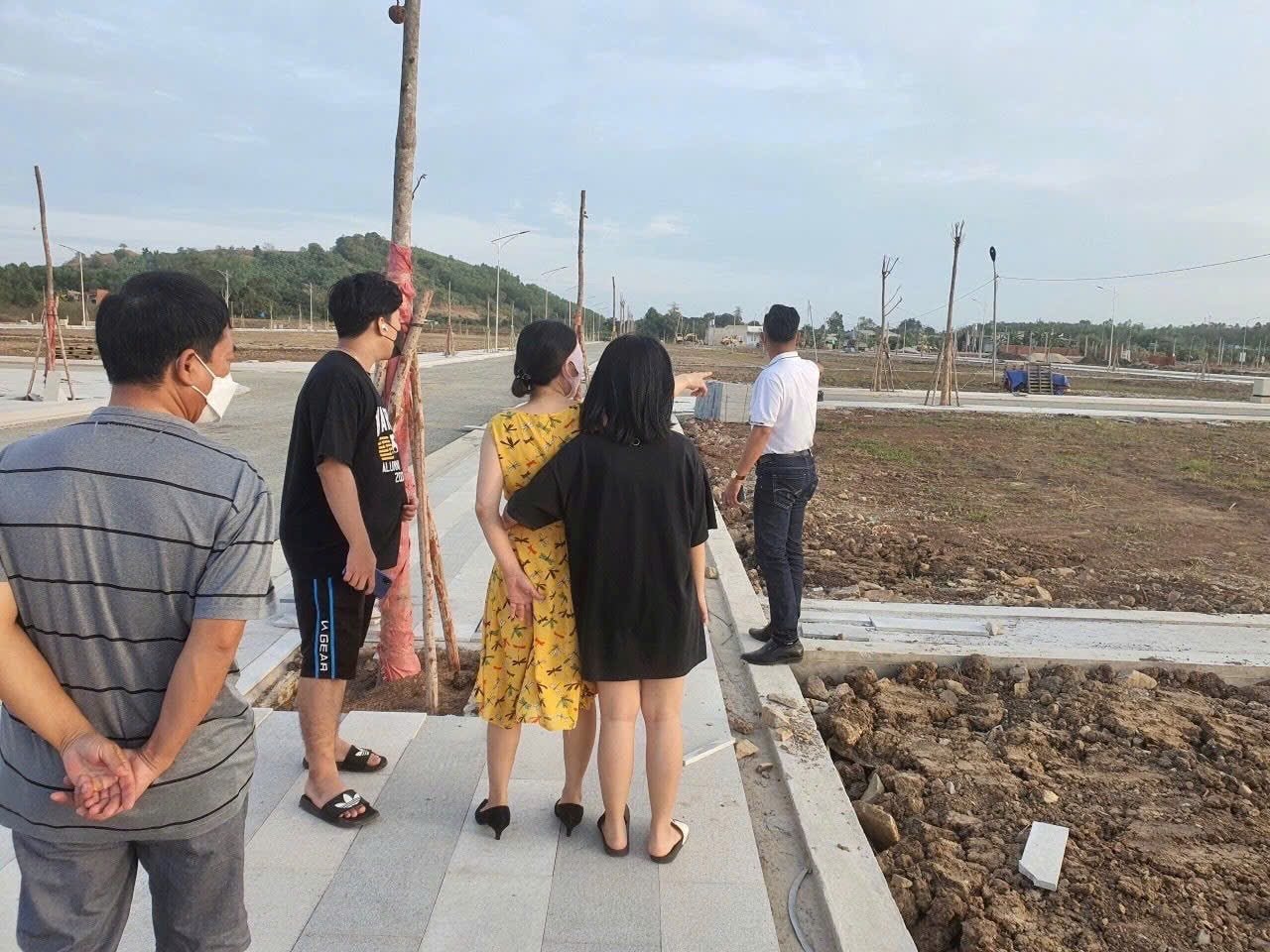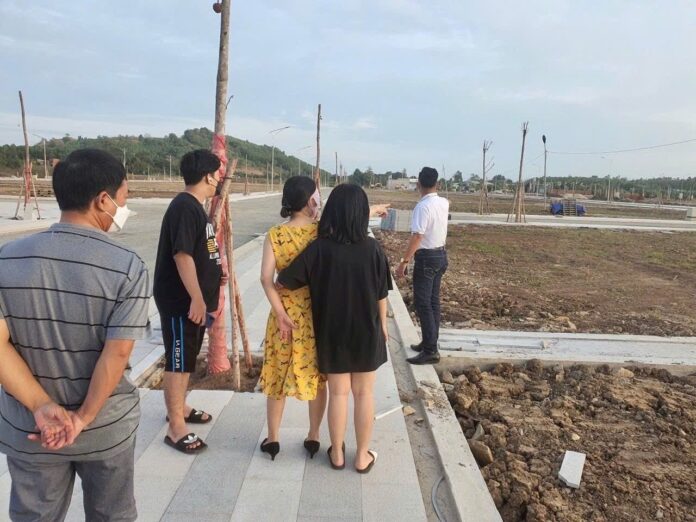
Mr. Le Quoc Kien, a veteran real estate investor and advisor in Ho Chi Minh City, shared his insights on the prospects of the real estate market in the upcoming Year of the Snake (2025). He predicted that while 2025 holds potential, it will also be a year that requires careful selection and strategy.
For Investors: The focus will be on real estate in peripheral and industrial areas. However, factors such as taxes on second properties, rising land prices, and high commercial loan interest rates will impact profit margins. As a result, investors will need to be more cautious and strategic in optimizing their cash flow.
For End-users: Those looking for a place to live can explore projects in peripheral areas like Long An, Binh Duong, and Dong Nai, or in districts like Binh Chanh, Hoc Mon, Binh Tan, District 9, and Thu Duc (now Thu Duc City) in Ho Chi Minh City. These areas offer more affordable options and improved connectivity due to infrastructure developments like the Metro, ring roads, and inter-provincial expressways.
According to Mr. Kien, taking advantage of preferential loan policies with interest rates of 4.7%/year for social housing or 6%-9%/year for commercial housing can reduce financial burdens. Buying secondary projects, or previously owned properties, can also be a smart move as they are typically 10%-15% cheaper than new projects and are ready for immediate occupancy, reducing the risk of construction delays. Additionally, choosing areas close to the metro system or with good public transportation connections can save on transportation costs and increase the value of the property over time.
“Investors in 2025 should maintain a cautious optimism,” advised Mr. Kien. “With positive signals such as economic recovery, infrastructure development, and supportive policies, there are opportunities in segments like peripheral land, industrial real estate, and social housing. However, risks like bond maturities, inflation, and taxes on second properties cannot be overlooked. Illiquid markets or segments without genuine demand will be off-limits for those seeking safety.”
He further recommended that investors focus on long-term strategies, tight cash flow management, and prioritize real estate that can be occupied, operated, or rented to ensure profitability or offset ownership costs.
Mr. Tran Van Binh, Vice President of the Vietnam Real Estate Brokers Association, acknowledged that while the real estate market in 2025 still faces some challenges, it has overcome the most difficult phase. Industrial real estate continues to lead in growth, with 28 new infrastructure projects approved by the Prime Minister in 2024, covering an area of approximately 8,991 hectares, double the number in 2023.
The residential real estate segment also witnessed impressive growth, with nearly 65,400 new products launched in the market, tripling the number from 2023. Other segments, including commercial, retail, office, and tourism real estate, also showed positive signs of recovery.
According to Mr. Binh, the real estate market has weathered the storm and is poised to enter a new era, presenting a unique opportunity for investors to enter the market during this transitional phase.
Sharing his insights on investment opportunities in 2025, Mr. Tran Khanh Quang, an experienced real estate investor, predicted that while there might not be significant price fluctuations in the market, transactions will improve in peri-urban areas, industrial cities, and locations with well-developed infrastructure.
Mr. Quang believes that the apartment segment will continue to dominate the real estate market. Apartments priced at 50-70 million VND/m2 in Ho Chi Minh City will be attractive to buyers. Additionally, Binh Duong province stands out with its rapid urbanization, becoming a direct competitor to Ho Chi Minh City in the affordable housing segment.
The townhouse segment is also expected to perform well, with developers focusing on projects that offer townhouses and garden villas. This segment will emerge as a new market in 2025, especially for townhouses in peri-urban areas near major cities.
Regarding the land plot segment, Mr. Quang cautioned that it remains unpredictable and could experience fluctuations due to various factors, including adjustments to the land price framework from 2025. Land prices in many localities have already increased by 50% to 500%, making the land plot market challenging to forecast. With the new Land Law expected to be enacted in 2026, linking land prices more closely to market prices, there is a possibility of further price increases.
Mr. Quang noted that the land plot market currently faces a significant inventory issue. Additionally, the economic downturn has impacted investors’ sentiments, leading to a likely stagnation in transactions during the second quarter of 2025. It is only towards the end of 2025, as inventory levels decrease, that land plot transactions are expected to pick up. “The market’s vibrancy in 2025 will attract investors’ attention, encouraging them to seek out opportunities and invest,” he emphasized. However, he cautioned that a repeat of the previous years’ land fever, speculation, and price surges is unlikely.
















